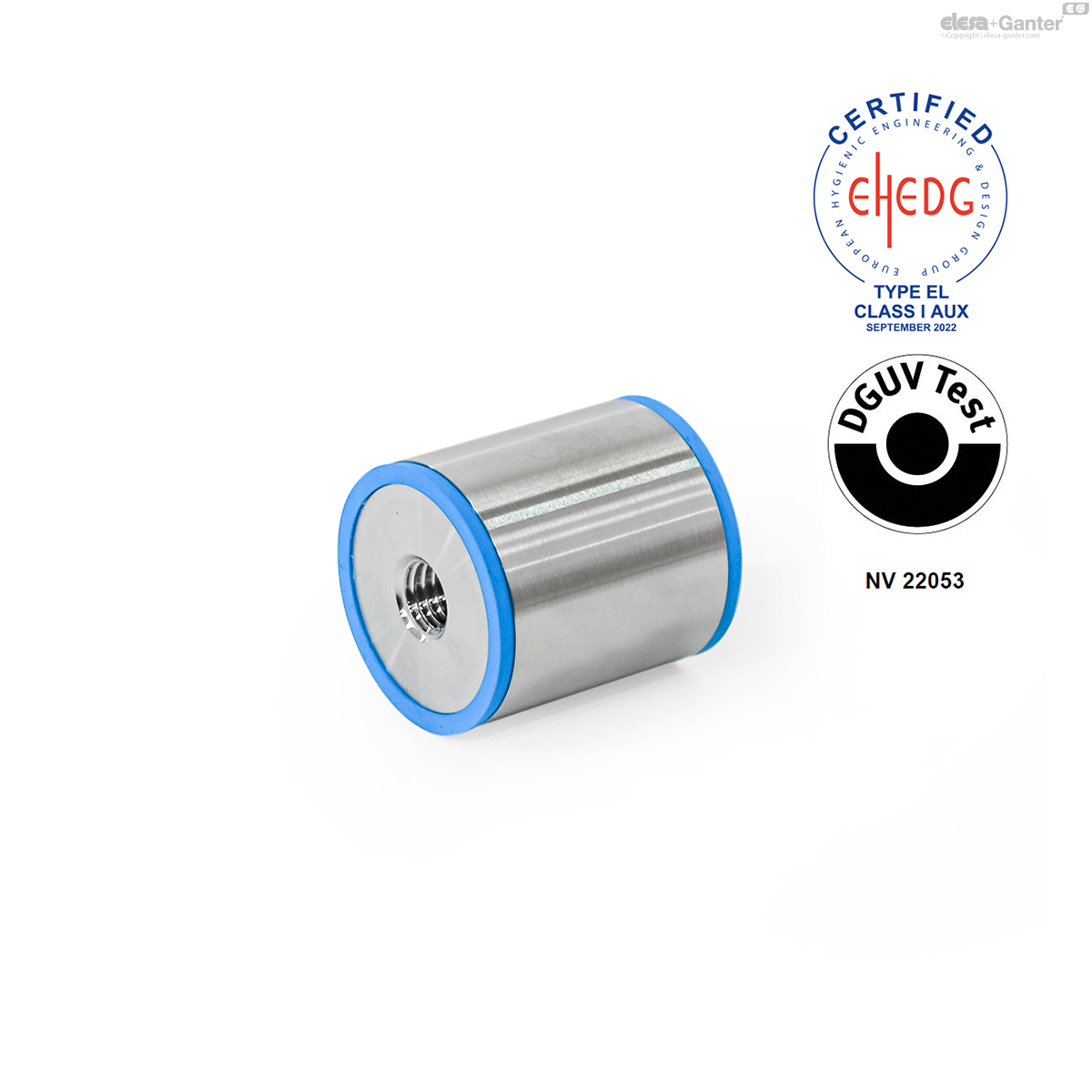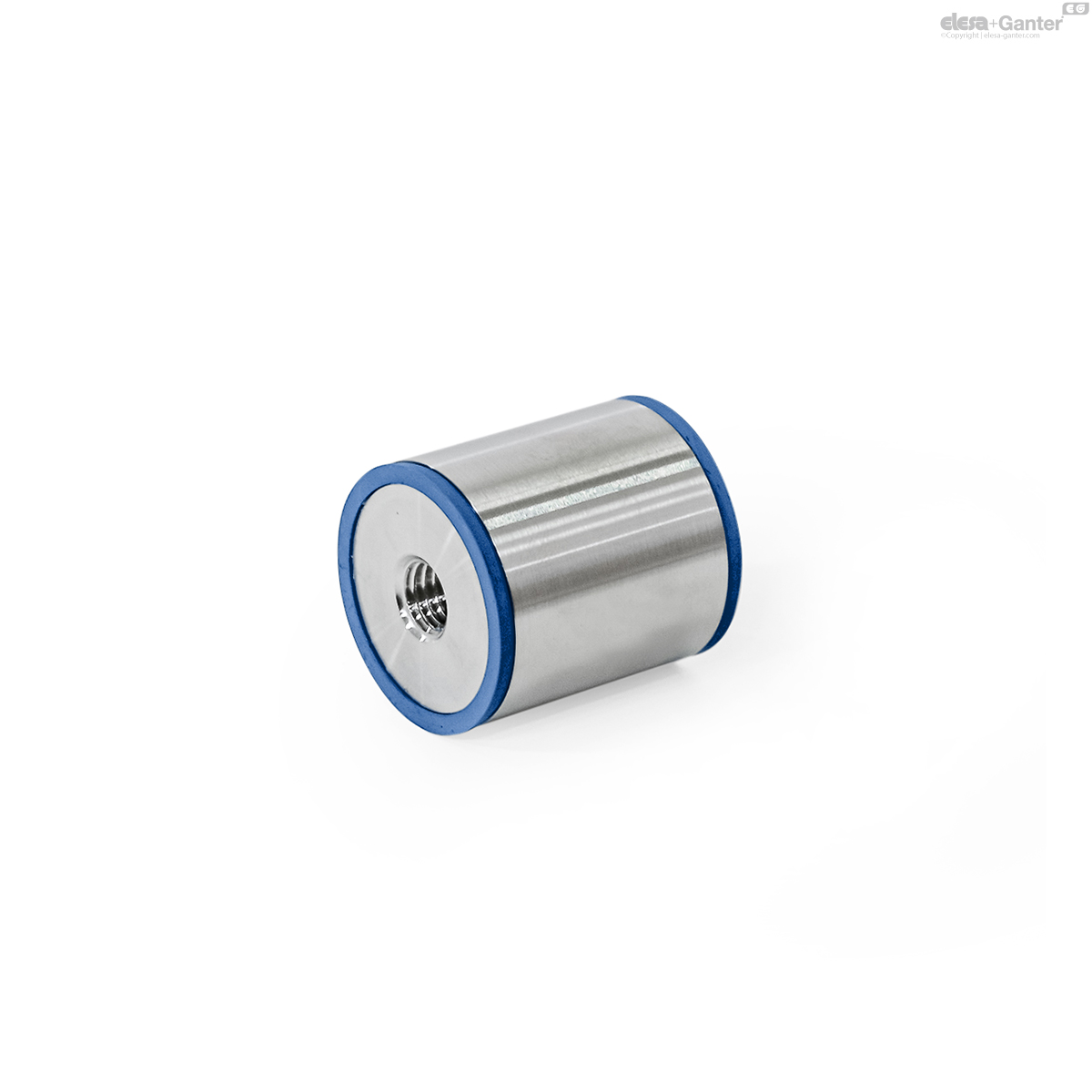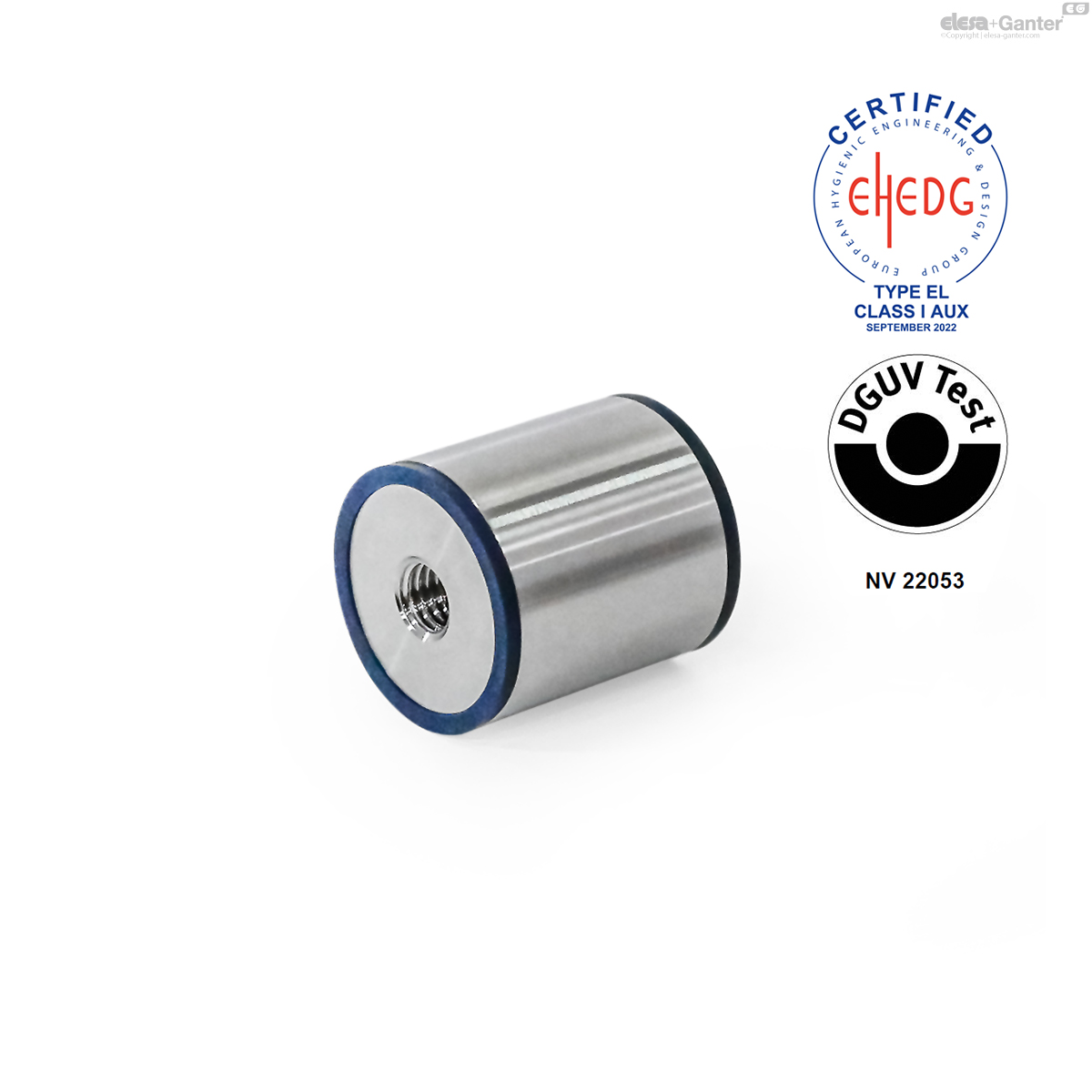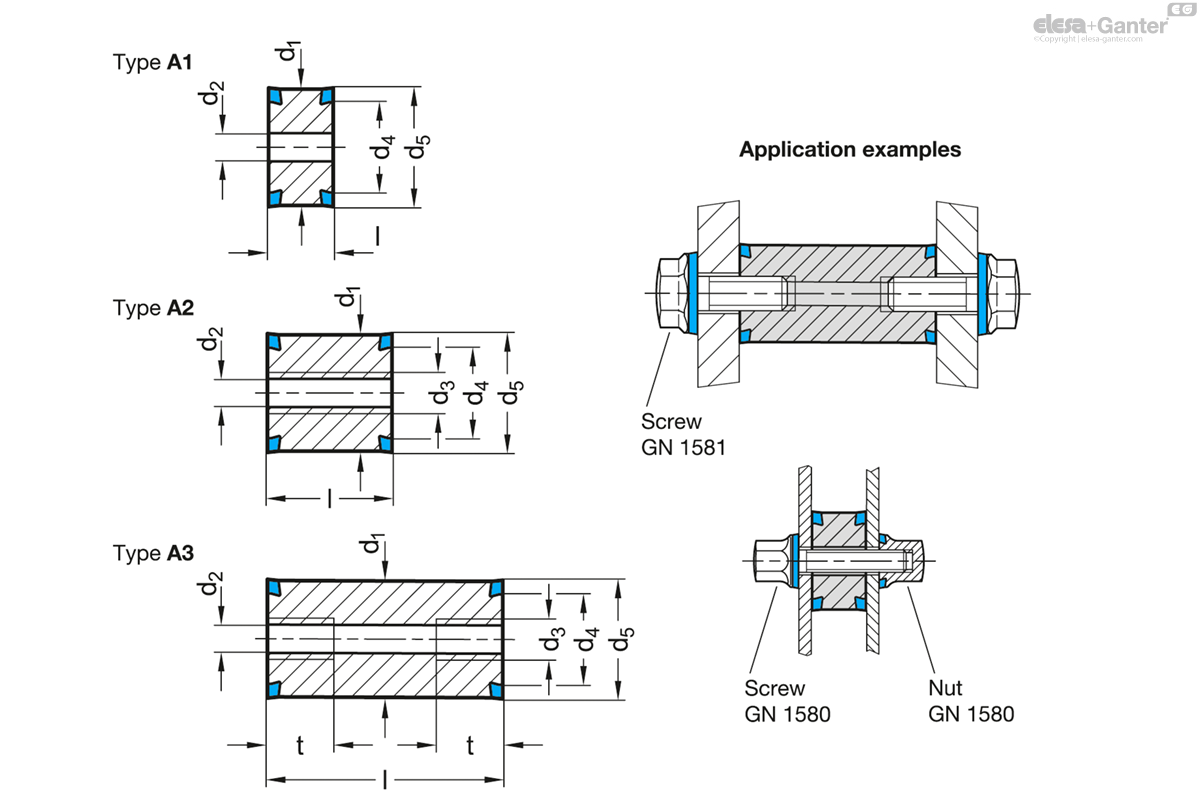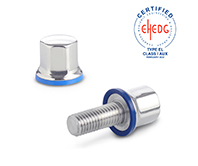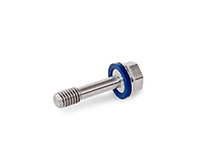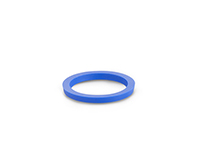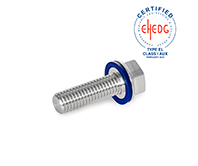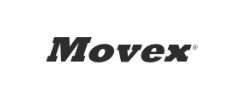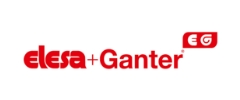GN 6226
Spacers

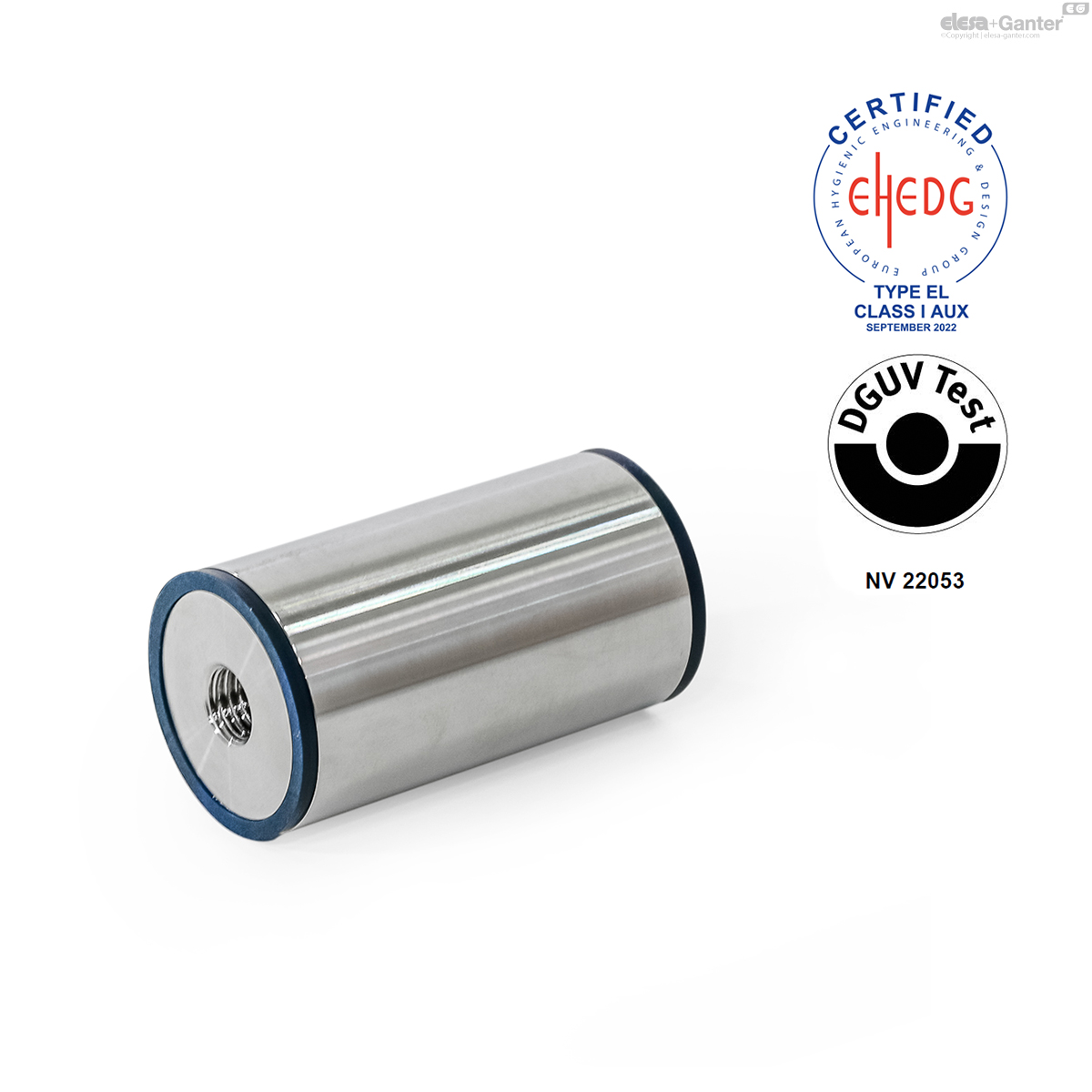
Description
Types
- Type A1: Through-hole
- Type A2: Through-hole with continuous thread
- Type A3: Through-hole with thread on both sides
Spacers
Stainless steel AISI 316L
Matte finish (Ra < 0.8 µm) MT
Sealing ring
- H-NBR H
- Operating temperature -25 °C to +150 °C
- EPDM E
- Operating temperature -40 °C to +120 °C
- FKM F
- Operating temperature -5 °C to +200 °C
- FDA compliant material
- Blue
- Hardness 85 ±5 Shore A
Spacers GN 6226 are intended for use in hygienic areas. The versions with sealing ring H and E comply additionally according to the guidelines of the EHEDG and DGUV Test guidelines. The sealed mounting surfaces enable fastening without dead spaces. The high quality finish prevents adherence of dirt and facilitates cleaning.
Spacers are used to fasten parts at an offset parallel to their plane of installation. This avoids doubling up on surfaces and leaves space for cleaning. The internal thread can alternatively be used as a through hole by a screw with a smaller thread.
- GN 7600 Sealing Rings
- Plastic Characteristics
- Stainless Steel Characteristics
Hygienic Design
Maximum hygiene is a fundamental requirement, not only where food is produced. Hygiene also plays an increasing role in other industrial areas, from the pharmaceutical industry to the manufacture of paints and dyes. Nowadays a major issue is the manufacture of products without added preservatives or with as few added preservatives as possible - while still achieving a long shelf life. However, this can only be achieved in a production environment in which all risks of contamination with microorganisms or dirt are excluded. For plant construction, this means that all components, elements, as well as surfaces, must be designed accordingly. Contaminants must not accumulate and must be easy to remove.
Elesa+Ganter has solutions
Since even the smallest weak spots can contaminate entire production lines, Elesa+Ganter decided to develop a special series of Standard Parts that meet the high requirements of the EHEDG, DGUV and the 3-A Sanitary Standards, Inc.
The Hygienic Design product family
All Standard Parts of the “Hygienic Design” product family are labeled with the HD icon. They combine high surface quality, freedom from dead spaces, non-scooped outer surfaces, and sealed bolting areas. A sealing concept based on FEM calculations ensures reliable contact pressure after installation. Hygienic Design also means that the time and material needed for regular cleaning is significantly reduced - which also noticeably lowers operating costs.
Why Hygienic Design?
In the food industry, medical technology and the pharmaceutical industry, product safety and consumer protection are becoming increasingly important. Due to their specific properties, standard parts in hygienic design can support the production process in these sensitive areas and facilitate the manufacture of products with a long shelf life, reducing the need for preservative agents.
Advantages of Hygienic Design
Less and shorter cleaning work (this can be up to 25% of the production time), therefore
- more time available for production
- less fresh water consumption
- lower energy consumption
- less cleaning agent required
- less production of waste water
- lower total costs and saving of resources
Legal basis of Hygienic Design
EN 1672-2:2009 “Food machinery”
Machines must be able to be cleaned, i.e. they must be designed and constructed so that dirt can be removed with the recommended cleaning methods.
Machinery directive 2006/42/EC
Machines must be designed so that
- materials can be easily and fully cleaned before each use and
- no risk of infections or illness is created.
DIN EN ISO 14519:2008-07
Hygiene requirements for the design of machines
DIN EN 1672-2:2021-05
Food machinery – General design principles – Part 2
Design requirements for Hygienic Design
Material
- Non-rusting Stainless Steels
- FDA and EU compliant plastics and elastomers
Surfaces
- Surfaces must be able to be cleaned
- Steps due to appliance configurations which are not aligned must be avoided
- Seals must be designed so that no gaps occur
- O-ring grooves must be hygienically designed
- Contact with the product to be manufactured must be ruled out
- Corners should preferably have a radius of 6 mm or more
Design / Geometry
The interior and exterior areas of all appliances, components or piping must be self-draining or be able to be drained and easy to clean.
Surface properties and roughness
Easy to clean with Ra < 0.8 μm

Design principles for Hygienic Design
EHEDG (European Hygienic Engineering & Design Group)
- non-profit European consortium of machine and food manufacturers as well their suppliers, research institutes, universities and government health agencies
- approximately 45 guidelines
- examination of products and issue of certificates
3-A Sanitary Standard, Inc.
- non profit and independent association in the USA
- three interest groups:public and governmental health agencies, machine and food manufacturers
- over 70 Sanitary Standards
- examination of designs and processes, issue of certificates
BGN (Berufsgenossenschaft Nahrungsmittel und Gastgewerbe) [Food and Hospitality Trade Association]
- Active participation in national, European and international standardization efforts. Prevention of work accidents, occupational illnesses and work-related health risks
- European Machinery Directive (98/37/EC), plus the German Appliance and Product Safety Act (GPSG)
- Testing of parts and machines, issuing of certificates
Seals
For the standard parts which are listed in Hygienic Design, seals have the central function of protecting dead spaces, gaps and cracks from the penetration of cleaning fluids or product residues.
For this, a defined pre-tension or pressing of the seals and wipers is necessary for a reliable and permanent seal in the installed condition. Within the Hygienic Design product family, seal installation spaces and seal cross sections are calculated and designed with simulation software, so that the necessary surface compression is achieved on installation and the seal material is not subjected to excess pressure.
A fundamental differentiation can be made between static and moving seals:
During assembly, the static seals in the design example shown below are tightened to the mounting surface at the top (sealing ring) and to the contact surface at the bottom (bottom seal). It should be ensured that all surfaces which make contact with the seal have a surface finish of at least Ra 0.8 µm.
The moving seals on the adjustable sleeve (wiper) and the ball joint (joint sealing ring) of the foot are designed so that they allow adjustment in both height and angle. With these too, the installation space together with the cross section of the seal ensures a gap-free, pre-tensioned seal.
Depending on the version and the type of use, it may be the case that seals may need to be replaced in case of damage or for preventative maintenance. For this, Elesa+Ganter supplies the relevant seals as spare parts or offers these under GN 7600 and GN 7607 as standard parts.
GN 6226-A2
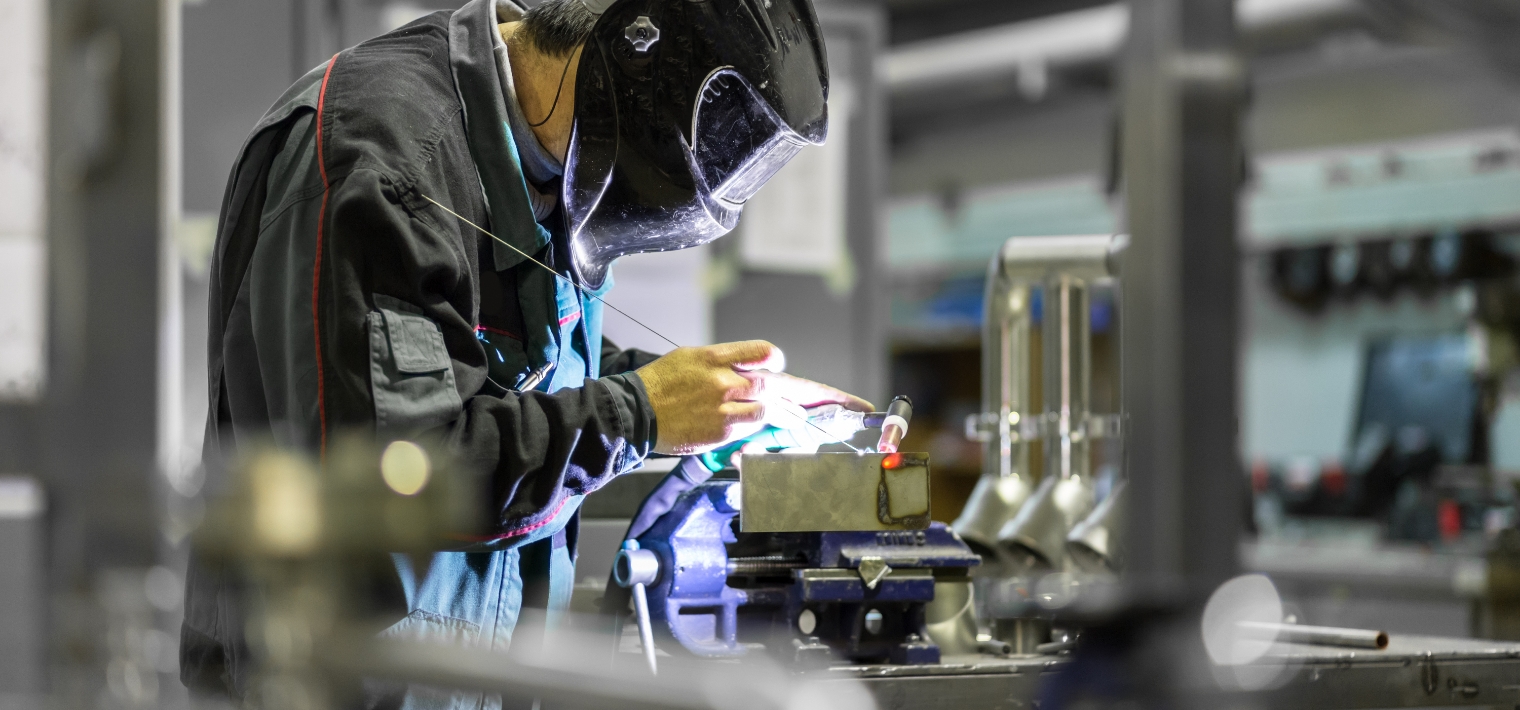
Enquiry Now
To allow us to respond to your enquiry promptly, please provide all required information.


